The defending Monster Energy NASCAR Cup Series Rookie of the Year is no stranger to pressure. It was just 12 months ago that the now-21-year-old jumped into the famed #24 Chevrolet for Hendrick Motorsports, a seat that sure-to-be Hall of Famer Jeff Gordon sat in for over two decades in the sport’s highest ranks–all while amassing 93 career victories and four total championships. But heading into his second full season in NASCAR’s top series, Chase Elliott might feel more pressure this year than he did last, and for one basic reason: his performance as a rookie.
Before the 2016 season, the young talent in the Monster Energy NASCAR Cup Series was arguably at an all-time low. Only three of the previous nine Rookies of the Year still had a full-time ride at the start of last season, and that’s not very surprising when we have had the likes of Andy Lally, Stephen Leicht, and Brett Moffitt take the rookie crown over that time (no offense to those guys). But still, you had to go back all the way to 2009 (with Joey Logano) for the last time a rookie won a race while also winning Rookie of the Year honors.
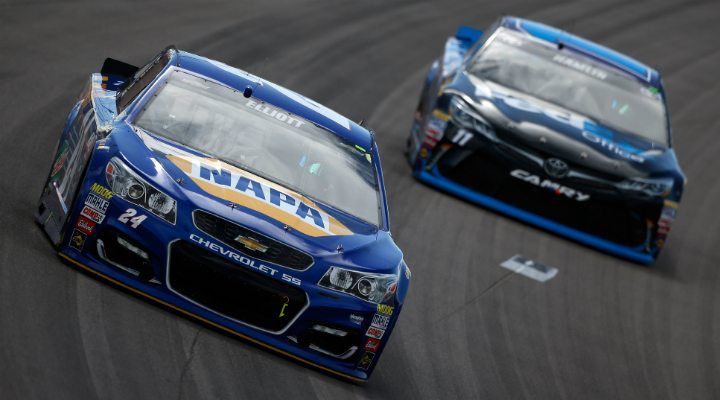
And while you still have to go back that far (since Chase Elliott didn’t get to victory lane last season) it’s worth noting that Elliott posted ten top 5 finishes in the 36 total races last year and ended up finishing 10th in the points standings. We haven’t seen a rookie post that many top 5s since Kasey Kahne wound up with 13 in his first Cup season back in 2004. And as far as final points position is concerned, we haven’t seen a rookie end up inside the top 10 since Denny Hamlin finished 3rd back in 2006. Chase added another seven top 10 finishes (for a total of 17) throughout his first full Cup season, which tied Kyle Larson for the most by a rookie since, once again, Denny Hamlin in 2006.
The Sophomore Slump
When the Rookie of the Year is coming off of such a strong initial season, it’s easy to be fearful of the “Sophomore Slump”–and especially at a time like now, where we have really only had one legitimate rookie in the last six years: Kyle Larson. Back in 2014, Larson posted one of the best statistical first seasons that NASCAR has seen in quite some time, with eight top 5 finishes along with seventeen top 10s. No, he never got to victory lane in his first year, but Larson made a statement that season, and all the while driving in a car that wasn’t (and still isn’t) quite in the ‘top tier’ equipment category in the Cup garage.
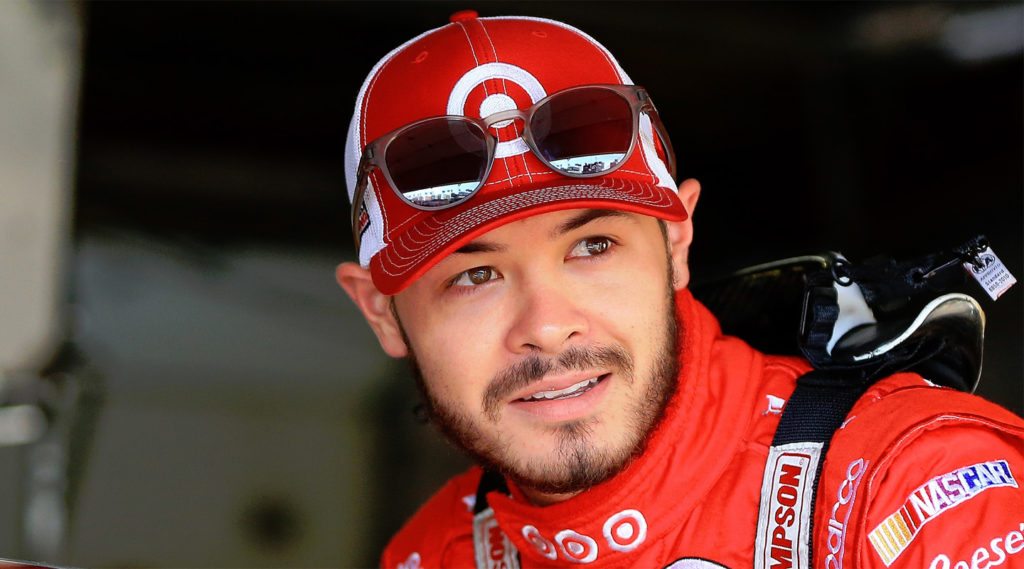
Still, despite all that potential, Larson followed up his impressive rookie campaign with a dud of a season in his sophomore year. His average finished dropped from 14.2 to 19.3 and he wound up with just two top 5s and ten top 10s–quite the disappointment for fantasy owners who were expecting a breakout year from the Elk Grove, California talent.
Still, it’s actually quite rare for a driver to get into a NASCAR Cup car and immediately become a contender in his or her first couple of seasons. Let’s not forget that Joey Logano–who was heralded as “the best thing since sliced bread” when he arrived on the scene–really didn’t emerge as an ‘elite’ driver until the 2014 season, a full five years after he first started driving in NASCAR’s top series.
For a sport that’s all about going fast, it takes time for young talent to establish themselves.
In Chase Elliott’s first season in the Monster Energy NASCAR Cup Series, he showed the poise and driving ability to immediately make an impact in this sport. He had the best car in two or three races, but the #24 team could never quite get everything to fall into place to get to victory lane in 2016. The outlook for the 2017 season, however, is very bright. And part of the reason it is so bright is because Chase drivers for arguably the strongest organization in NASCAR.
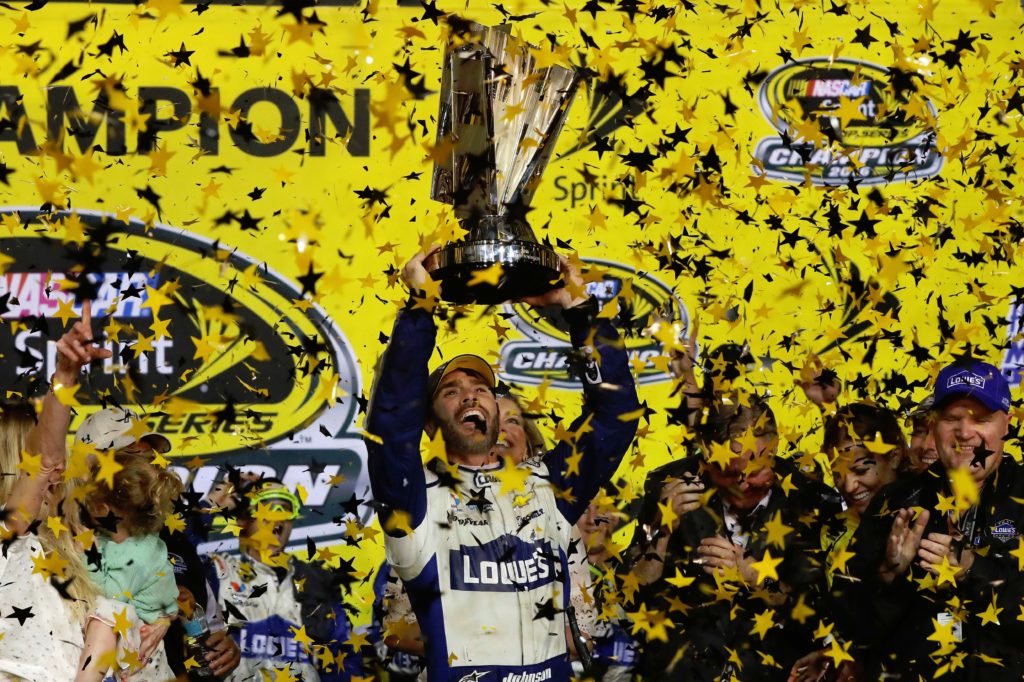
Chevrolet and Hendrick Motorsports are always at or near the top of the list whenever you are discussing the strength of their race cars. And that strength was more apparent than ever last season, when Jimmie Johnson took home his seventh Cup Series championship. However, when you look at it on paper, his season really wasn’t that great: for the first time in his career, Johnson finished outside of the top 10 more often than inside. Still, he performed when it mattered the most and still wound up in victory lane on five separate occasions.
Chase Elliott’s 2017 Fantasy NASCAR Outlook
The million-dollar question for many Fantasy NASCAR players is simple: in 2017, will Chase Elliott be able to come close (or even better) the results from his 2016 campaign? This is especially true for those that enjoy “pool-style” fantasy contests, where you establish a roster at the beginning of the year and keep that same team for the whole season (with maybe a couple of trades). I know people are struggling with this answer right here on our site, too, as one of our two big Fantasy NASCAR contests is the Salary Cap Challenge–a “pool-style” contest that had over $6,000 in prizes last season (if you’d like more information on that, click here).
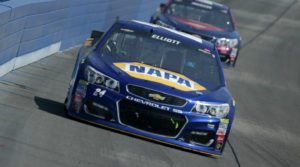
Overall, it looks as though Elliott is going to be able to have another solid season in 2017. Yes, the “sophomore slump” has affected quite a few drivers over the years, and it’s not common to hear such a young driver at the forefront of conversations in regards to top fantasy potential. However, it’s been a very long time since the Cup Series has had a driver with not only this much talent, but also poise behind the steering wheel. Chase Elliott acts and drives like he has been racing against the ‘big boys’ for ten years, and that only makes his peers respect him even more. It’s not uncommon to see a veteran bump a overzealous rookie out of the way late in the race, but they might think twice about doing that with Chase Elliott–and that could very easily get the #24 Chevrolet into victory lane this season.
One reservation and concern that you do have to think of when it comes to Hendrick Motorsports and Chase Elliott in 2017, however, is just how well they are going to cope with the loss of Stewart-Haas Racing in their wheelhouse. That mutually beneficial racing relationship had many good outcomes for both teams, albeit in a behind-the-scenes type of way. Now the Hendrick organization’s closest ‘ally’ will be Chip Ganassi Racing, for which Kyle Larson and Jamie McMurray drive for. Those two operations extended their deal last November, as Hendrick provides Ganassi with engines for their two cars. As far as those two teams working together, though, the benefit for Hendrick is minimal, and we’ve already seen the increase in performance out of the Ganassi drivers: two wins since switching over in 2013, and both Larson and McMurray made the playoffs in 2016.




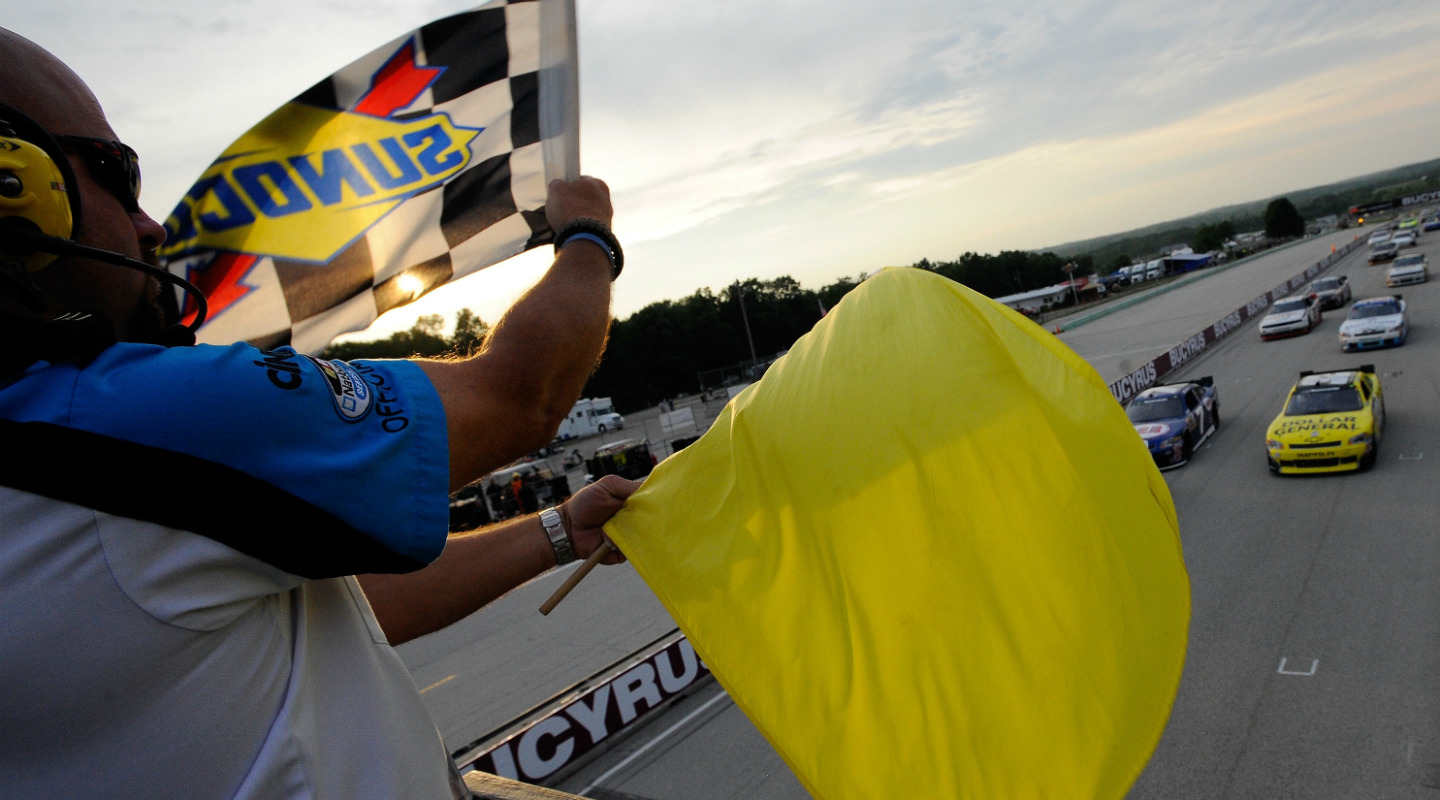
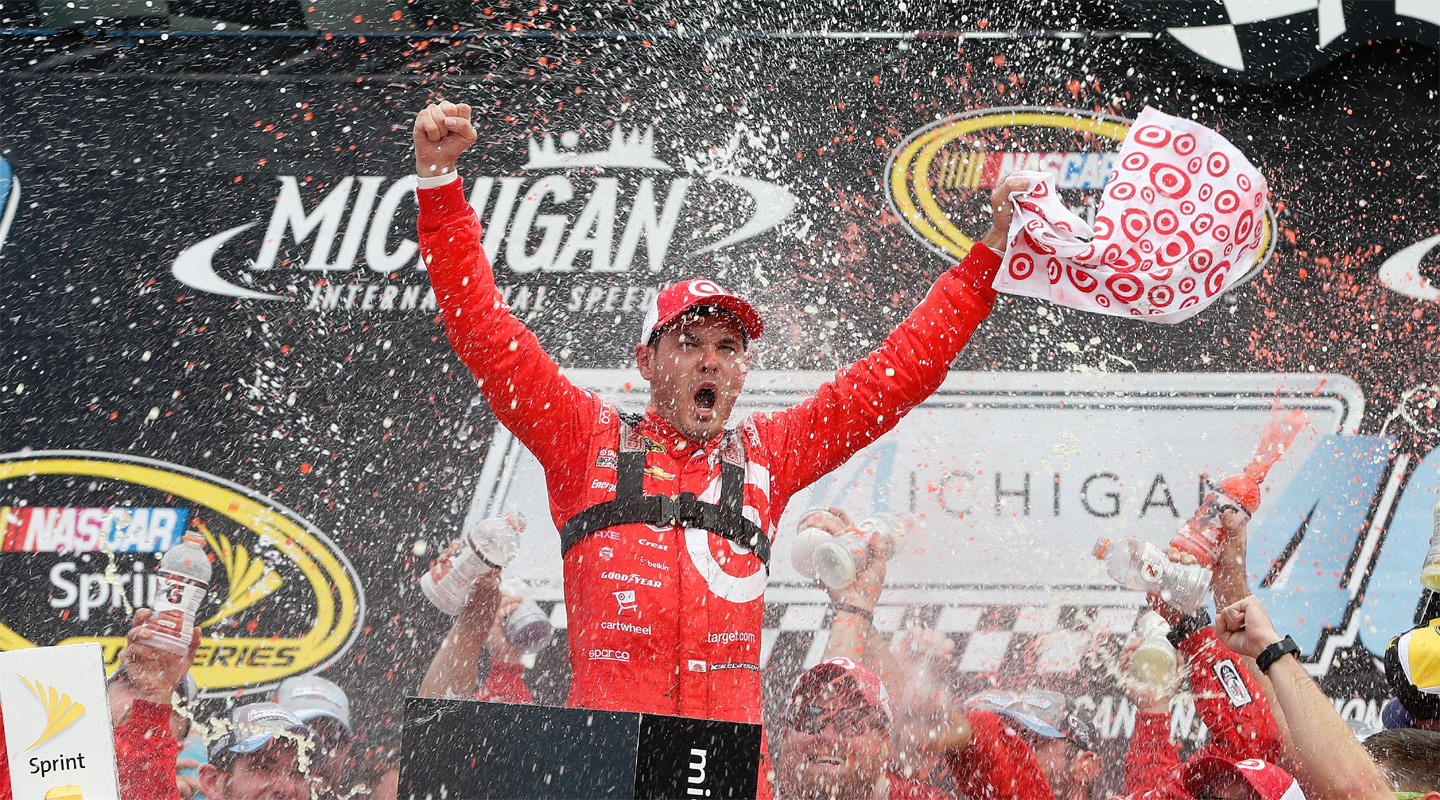


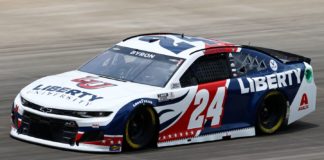








Always enjoy reading your articles.They are very informative.Keep up the good work.
Love your analysis and insight.Keep it coming.